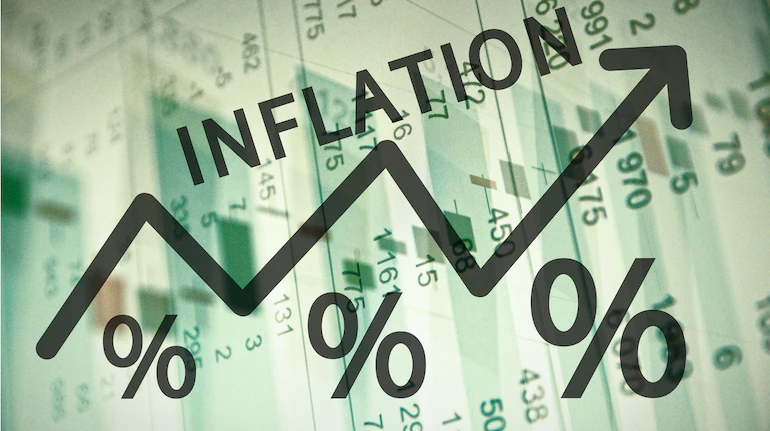Inflation is showing signs of deceleration in the Indian economy as retail inflation dropped to 6.77 per cent in October from 7.41 per cent in September. As consumer prices are decreasing in basket of essential commodities, inflation is expected to go downward in upcoming months.
Despite slowdown, inflation is still hovering above the target set by Reserve Bank of India. RBI had set target of 4 percent with 2 per cent margin towards both sides of the inflation scale. Inflation in the economy is staying above the target for 10th consecutive months signalling that RBI will have to continue taking pro active measures.
Retail inflation based on consumer price index has been above 6 percent since the beginning of calendar year. According to latest data the inflation in the food basket was 7.01 per cent in October as against 8.6 per cent in September. Wholesale price index (WPI)-based inflation dipped to a 19-month low of 8.39 per cent in October on easing prices of food, fuel and manufactured items.
As the Reserve Bank of India failed to bring inflation under the set target for three consecutive quarters, it has sent a report to the government of India stating the reasons for the same. The report also contains future plans of the central bank to bring high prices under control.
Economists are of the opinion that central bank will now opt for slower interest rate hikes as rise in the prices of commodities are slowing down proportionally. Market is expecting an interest rate hike by 35 basis points in the next Monetary Policy Committee meeting of the Reserve Bank of India.
Central banks across the globe use interest rate as a tool to bring down inflation in the economy. Higher interest rates will result in higher borrowing costs. This will significantly reduce cash flow in the economy. As cash flow reduces, demand for products will come down which will inturn bring down the prices.
Usually central banks device their monetary policy on the basis of interest rate set by the Federal Reserve of the United States. United States being largest economy in the world and as US dollar is strongest currency in demand value, the rates set by Federal Reserve act as a pointer for other central banks.











